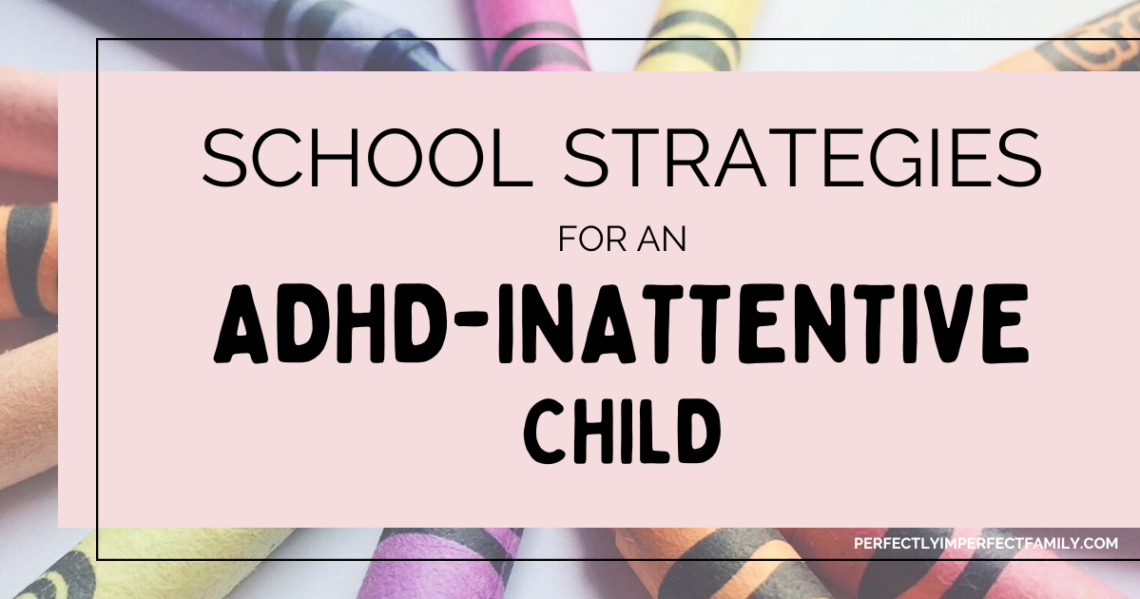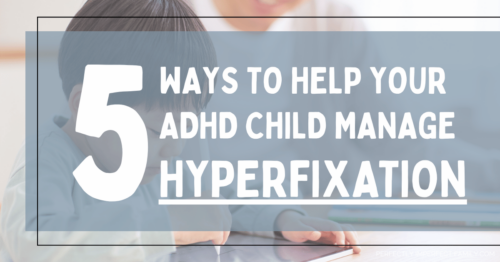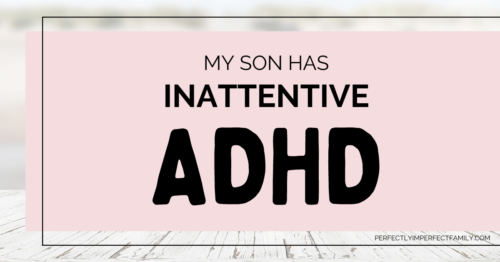
School Strategies for an ADHD-Inattentive Child
Children with ADHD struggle with attention and organization, challenging academic success. However, these children can succeed in the classroom with appropriate strategies and support from parents, educators, and the school community, as has been our experience, even though it hasn’t been easy. Here are a few strategies that help us with our ADHD-inattentive son.
Create a Structured Environment
Children with ADHD often benefit from a structured environment. Establish a consistent routine at home that includes specific times for studying, completing homework, and engaging in extracurricular activities. In the classroom, teachers can provide visual aids, such as daily schedules, to help the child anticipate tasks and transitions. Organizational tools like color-coded folders or assignment notebooks can also aid in keeping track of assignments and due dates.
Break Tasks into Manageable Chunks
Large tasks can overwhelm children with ADHD, leading to procrastination or avoidance. This is especially true with our son. If he feels a task is too large, he will delay and procrastinate completing the task. Encourage breaking down assignments into smaller, more manageable steps. This approach allows the child to focus on one task at a time, reducing anxiety and increasing productivity. Teachers can provide clear instructions and divide assignments into smaller components, providing frequent check-ins and guidance.
Utilize Multisensory Learning
Engaging multiple senses can enhance attention and retention for children with ADHD-Inattentive. Incorporate visual aids, hands-on activities, and interactive technologies in the learning process. For instance, using colored markers or highlighting important information can help improve focus. Educators can integrate multimedia resources, such as educational videos or interactive software, to make lessons more engaging and accessible.
Implement Behavior Management Strategies
Behavior management techniques can foster positive learning environments for children with ADHD. Encourage the use of reward systems, where the child earns points or privileges for completing tasks or demonstrating desired behaviors. Collaborate with teachers to establish consistent expectations and consequences, ensuring a structured approach to discipline. Praising and reinforcing the child’s efforts and progress can boost their self-esteem and motivation.
Conclusion
Supporting a child with ADHD-Inattentive in their academic journey requires a collaborative effort from parents, teachers, and the school community. By creating a structured environment, breaking tasks into manageable chunks, and implementing behavior management strategies, we can empower these children to thrive in the classroom and reach their full potential.
Remember, every child with ADHD is unique, so it’s essential to tailor interventions and strategies to their needs and strengths. With patience, understanding, and consistent support, we can positively impact their educational experience.





